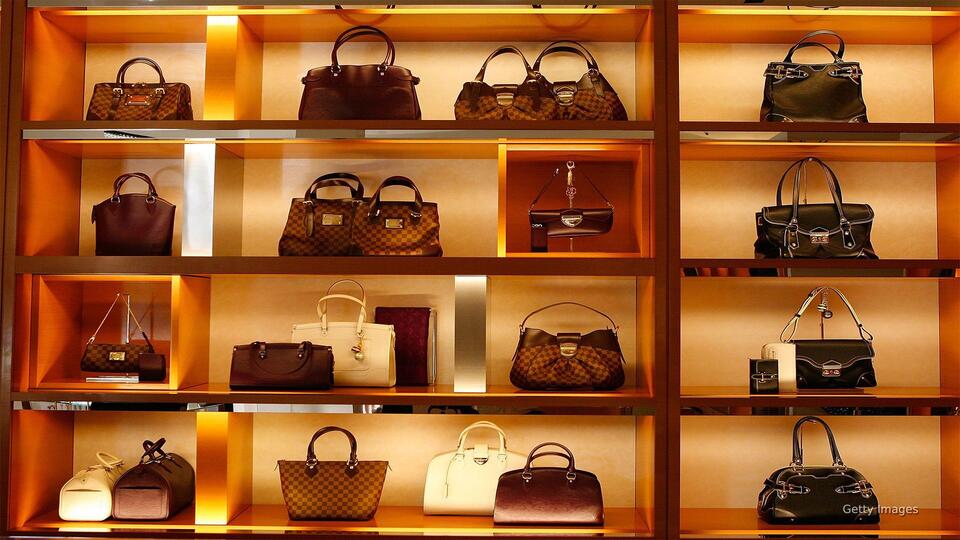“Keep cheating until you make it” may seem like sound advice, but that’s not the case when it comes to luxury goods. Counterfeit products can cost more than money.
Thanks to artificial intelligence, spotting a fake Chanel or Gucci has never been easier.
Luxury market still thriving despite expected contraction
The global luxury goods market is expected to shrink in 2025, but the US remains the second largest, valued at $106 billion. According to the Associated Press, Europe maintains its top spot. This highlights the need for advanced technology to combat counterfeiting schemes.
The popular Los Angeles sneaker store Cool Kicks draws between 200 and 600 customers to its Melrose store each day, according to The Hollywood Reporter. Customers bring shoes to the store to buy and resell.
To reduce the risk of counterfeit products, Cool Kicks has partnered with AI company Entrupy. Entropy uses a system that takes detailed photos of products from different angles in order to analyze their authenticity.
Entrupy says its app compares the photo to a database of authenticated products to ensure the accuracy of the authentication.
Traditional methods are still used
Before the rise of AI, and even today, some companies have used physical inspection to verify luxury goods. For example, authentic UGG boots have a security label with a QR code and holographic logo.
At sneaker resale stores, inspectors look for signs like uneven stitching, low-quality leather, and mismatched logos. Some luxury bag companies have introduced microchips for digital authentication.
Despite these measures, counterfeiters continue to evolve, making their products harder to detect.
Last November, retailer Lacoste began using AI to identify counterfeit products returned to stores. According to a press release, the technology achieves more than 91% accuracy in real-world scenarios.
Counterfeit goods fuel organized crime
Purchasing counterfeit products may seem harmless, but the risks go beyond financial loss. The United Nations Office on Drugs and Crime reports that counterfeit goods are part of a multibillion-dollar global industry linked to transnational organized crime.
The best way to avoid fake luxury goods is to buy from an authorized retailer and check the certificate of authenticity. If a deal seems too good to be true, it probably is.
This article How AI is revolutionizing luxury goods authentication was first published on Straight Arrow News.




